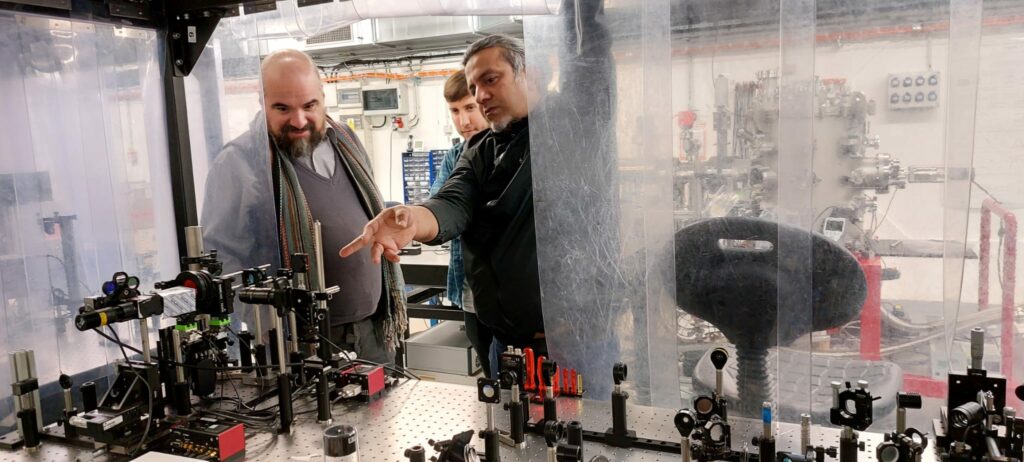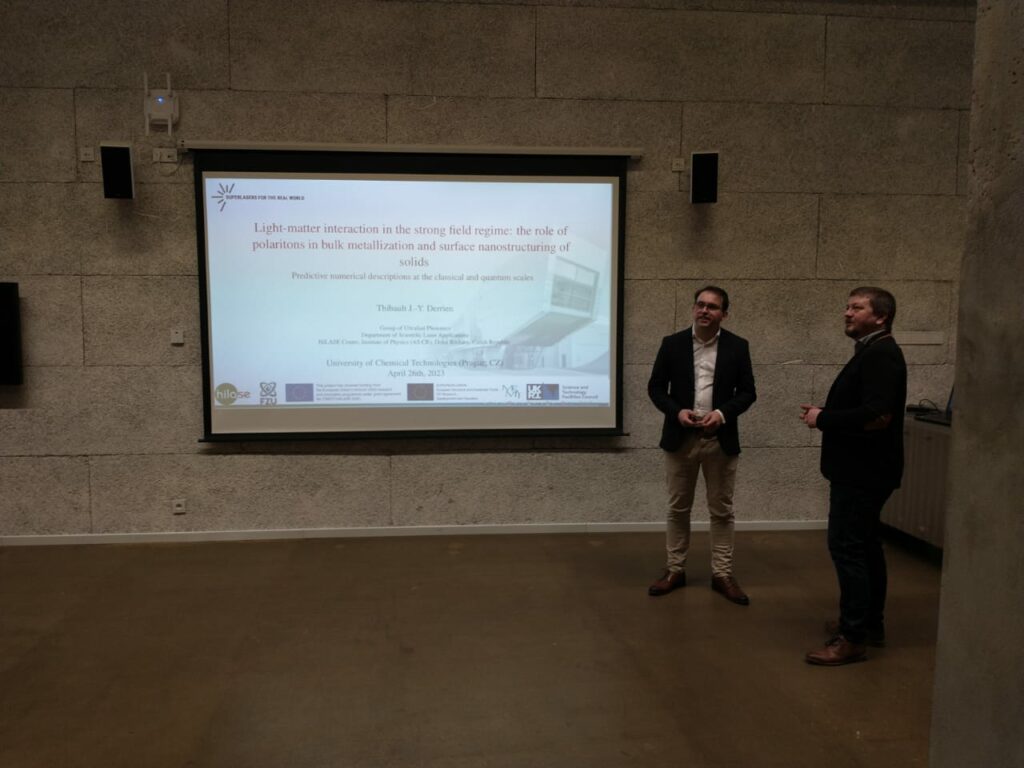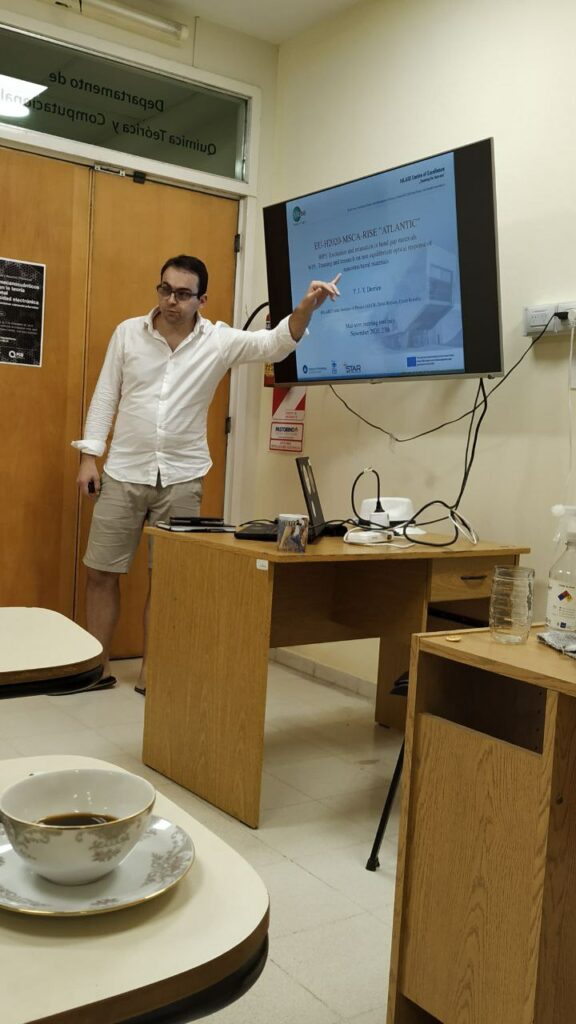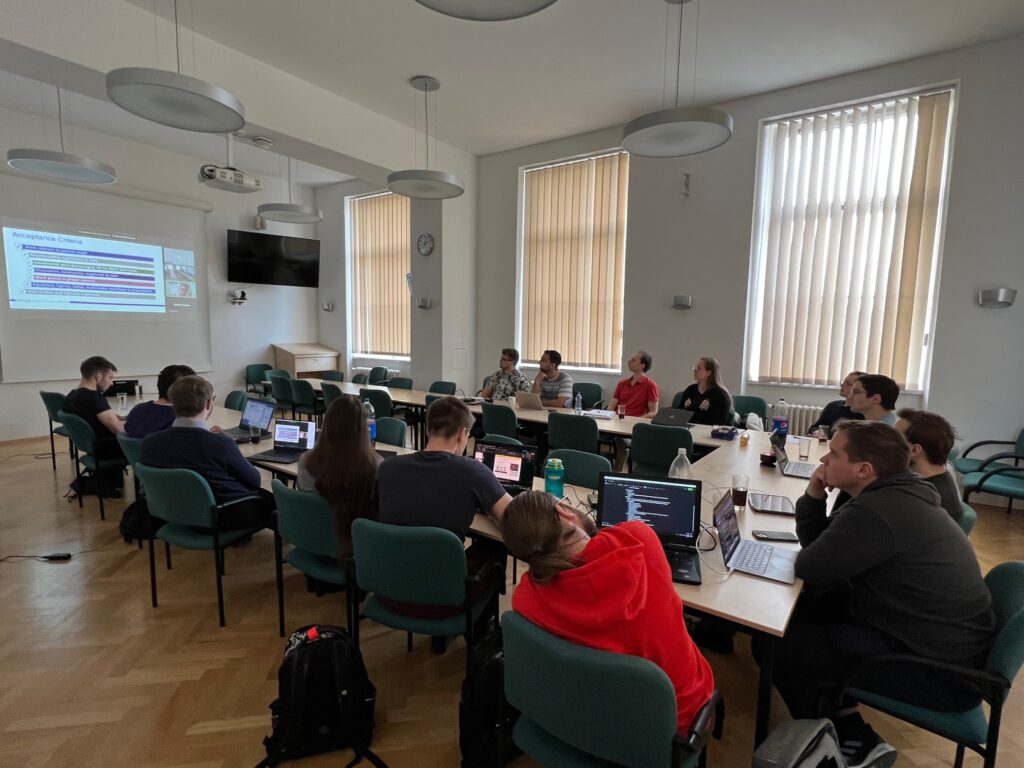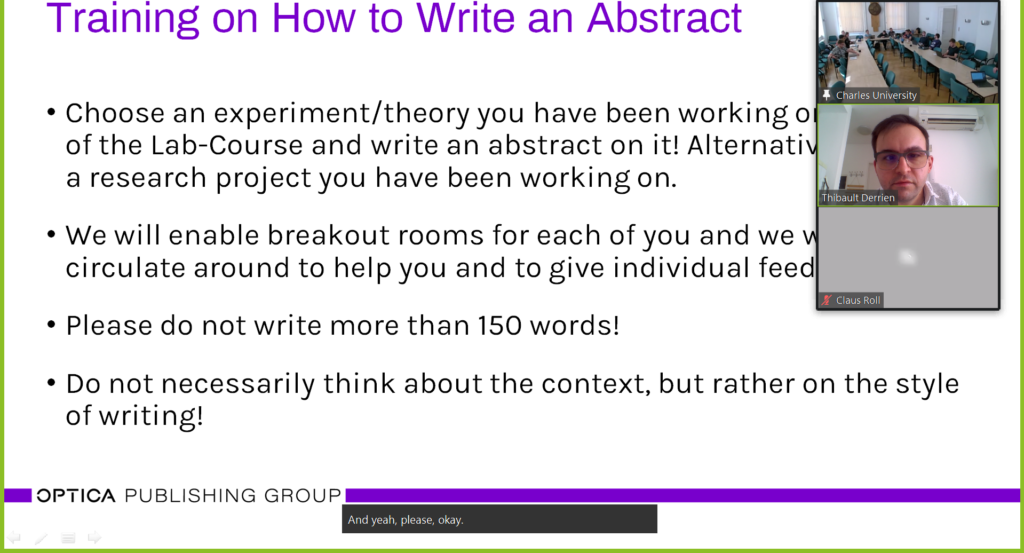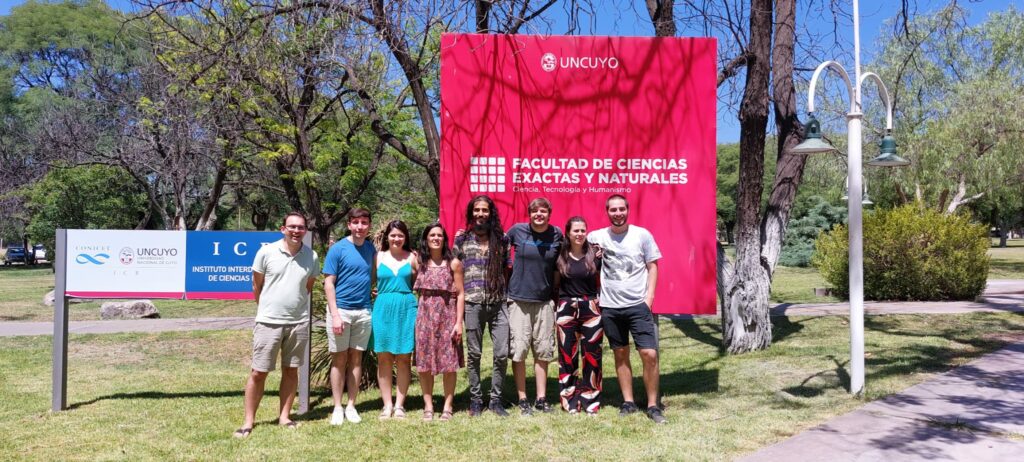Classes of materials that are able to support surface plasmon polaritons has been historically narrow. By experience, researchers and engineers had rather been investing in heterostructures that can carry plasmon polaritons on long distances (using gold, silver, platinum, aluminum, …).
In 2016, we published a study that proposed a new class of materials that support lossy modes of surface electromagnetic wave propagation (plasmon polaritons) [1]. In this study, the particular case of Nb was identified as one of the most borderline materials that should be supporting the effect upon visible light.
A new study just appeared [2], that realizes a microscope using Nb contacts, a choice that challenges our theory [1]. In their study [2], the authors have developed a Raman microscope using the material that, according to our theory, should be supporting plasmon polaritons, while established theories had rejected it.
This realization opens a second field of applications for our “extended plasmonic” theory, that already demonstrated its use in increasing the regularity of light-induced nanostructures [3], a work that has generated a Top1% highly-cited publication in Scientific Reports, and a European patent [4] for covering metals using highly regular nanostructures at industrially competitive production velocities.
This new success is a great demonstration of the possibilities offered by bridging fundamental knowledge with novel innovative fields of nano-photonics, and of the importance of developing basic theory for enabling new innovations.
Another envisioned application can be a guided choice of materials for miniaturization of photonic components in integrated circuits.
[1] Derrien, T. J.-Y.; Krüger, J. & Bonse, J. Properties of surface plasmon polaritons on lossy materials: lifetimes, periods and excitation conditions. Journal of Optics, 18, 115007 (2016)
[2] F. Telesio, F. Mezzadri, M. Serrano-Ruiz, M. Peruzzini, F. Bisio, S. Heum, F. Fabbri, Propagation of Visible Light in Nanostructured Niobium Stripes Embedded in a Dielectric Polymer, Materials for Quantum Technology, 2, 045003 (2022).
[3] Gnilitskyi, I.; Derrien, T. J.-Y.; Levy, Y.; Bulgakova, N. M.; Mocek, T. & Orazi, L. High-speed manufacturing of highly regular femtosecond laser-induced periodic surface structures: physical origin of regularity. Scientific reports, 7, 8485 (2017)
[4] Gnilitskyi, I.; Orazi, L.; Derrien, T. J.-Y.; Bulgakova, N. M. & Mocek, T. Method and system of ultrafast laser writing of highly-regular periodic structures, European Patent Office, No. WO18010707, 2016.
